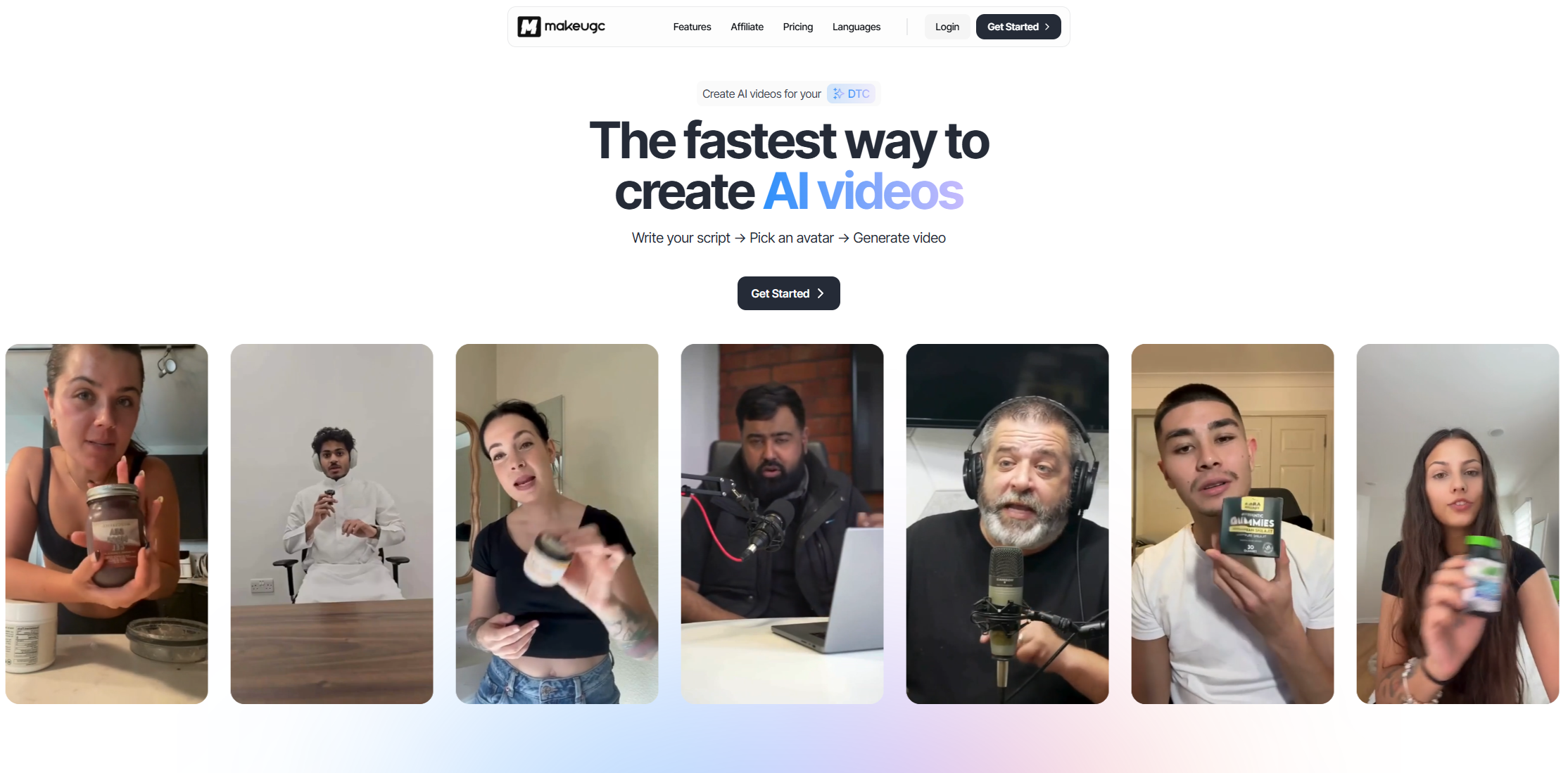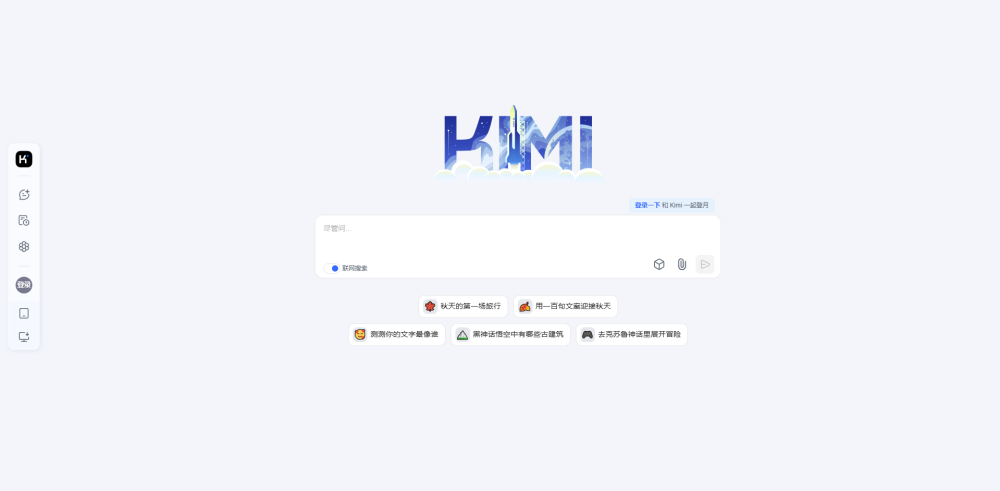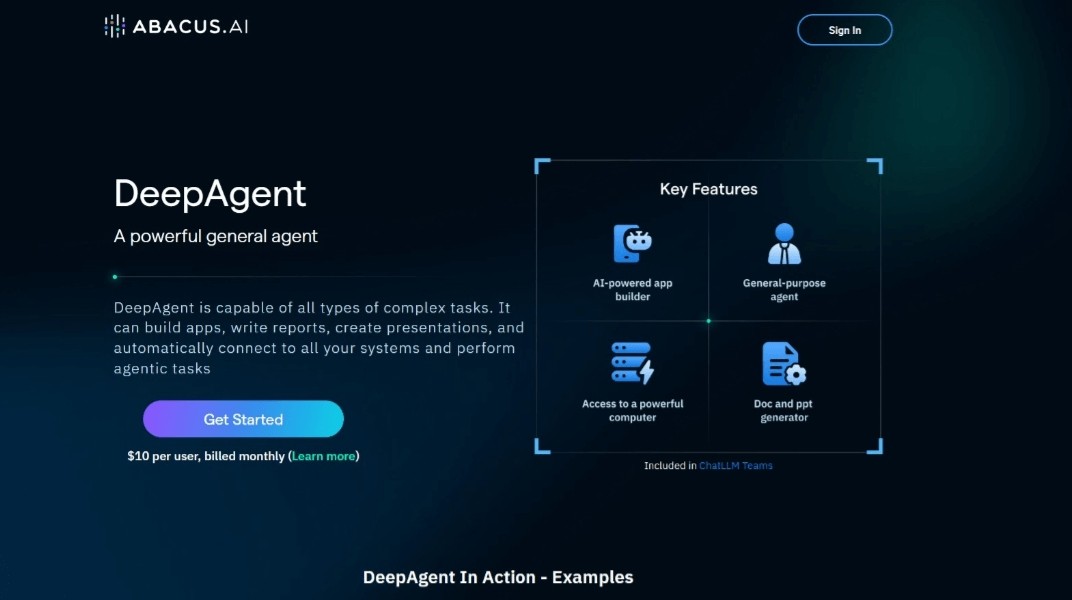
FramePack is an innovative video generation model designed to improve the quality and efficiency of video generation by compressing the context of input frames. Its main advantage is that it solves the drift problem in video generation, maintains the video quality through two-way sampling method, and is suitable for users who need to generate long videos. This technical background comes from in-depth research and experiments on existing models to improve the stability and coherence of video generation.
Demand population:
"This product is suitable for video content creators, researchers and developers, especially those who need to generate high-quality videos. FramePack can help them generate videos quickly and maintain video quality, especially with advantages in long video generation."
Example of usage scenarios:
Users can use FramePack to generate 30 frames of video to create short videos.
In personal experiments, researchers can adjust the context of frames to test different video generation effects.
Developers can integrate FramePack into their applications to provide video generation capabilities.
Product Features:
Next frame prediction: It can accurately generate the next frame of the video.
Context compression: Efficient context encoding is achieved by adjusting frame importance and resource allocation.
Bidirectional sampling: break the causal relationship and use bidirectional sampling to reduce drift phenomenon.
Flexible scheduling: Supports multiple scheduling strategies to meet different generation needs.
Efficient calculation: Complete streaming processing within constant time and optimize the use of computing resources.
Fast video generation speed: It can quickly generate videos on personal GPUs, which is suitable for personal experiments.
Strong compatibility: supports multiple input formats and user-defined input frames.
Tutorials for use:
Download and install the FramePack model.
Import the required input frames.
Select the appropriate frame scheduling policy.
Start the generation process and monitor the output.
Save the generated video to the local device.







